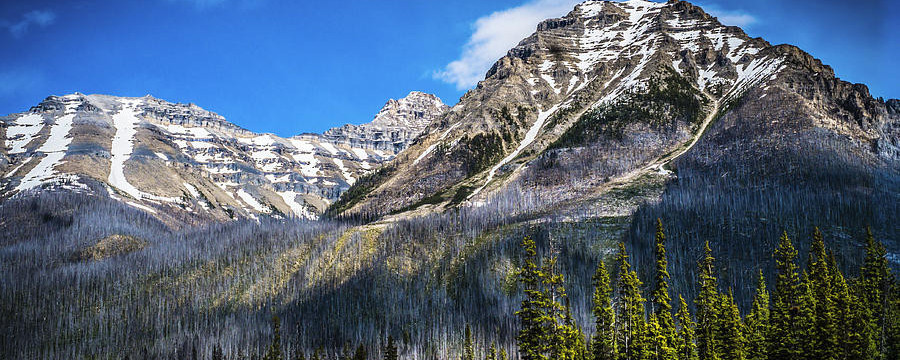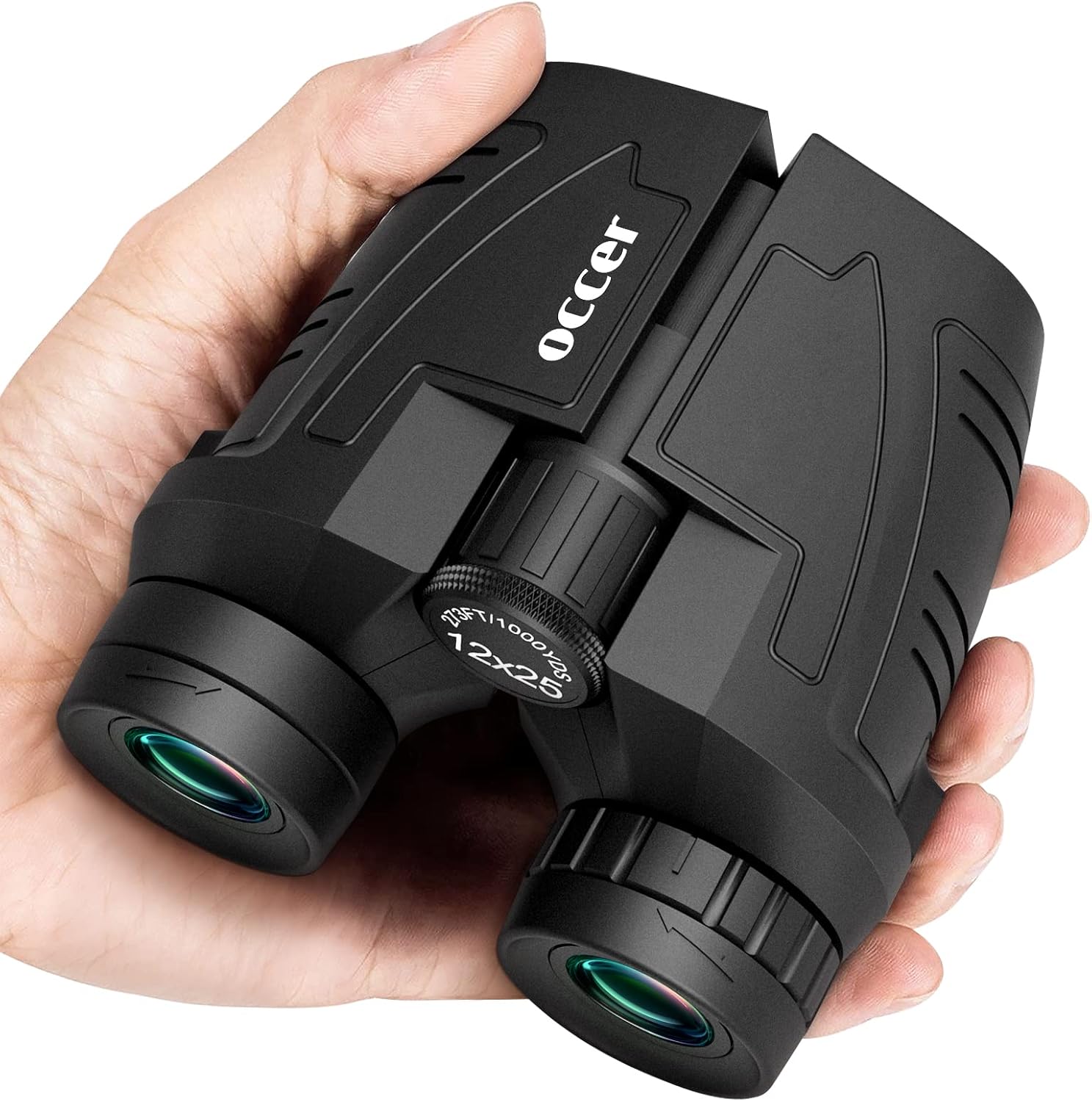I earn commissions if you shop through the links below at no additional cost to you.
Last Updated on February 29, 2024 by Jeremy
What is the Kootenay Region? Well, first of all it is located in the Southeastern part of British Columbia, Canada. The region includes 4 major mountain ranges which include: The Rockies, The Purcells, The Selkirks, and The Monashees.
Not only that, they also include some major rivers such as the Kootenay River and the Columbia River. Being that the definition of a region is “an administrative area, division, or district”, then it’s safe to assume that the Kootenay region is exactly what was mentioned, being the Southeastern part of the province.
Facts
Some interesting facts of the Kootenay region are as follows:
- Wetlands support high biodiversity that are of international importance.
- Relatively remote location allows local demand and a strong emergence of local producers of meat, honey, fruit, dairy, wine, wool, and soap products.
- High mountain slopes and wide, fertile valleys give way to grazing fields to farmland.
- Many orchards prevalent throughout the region with such crops as: apples, cherries and other tree fruits, tomatoes, vegetables, forage, forage seeds, cereals and oil seeds.
The region itself isn’t one big area either. In fact, it is divided into 3 districts.
This includes:
- Regional District of Central Kootenay – Towns included in this region are Castlegar, Creston, Kaslo, Nakusp, Nelson, New Denver, Salmo, Silverton and Slocan.
- Regional District of East Kootenay – Towns within this region include Cranbrook, Kimberley, Fernie, Invermere (district municipality) and Sparwood/Elkford (to BC/Alberta border).
- Regional District of Kootenay Boundary – Municipalities encompassed in this region are Trail, Grand Forks, Rossland and Greenwood, as well as villages like Fruitvale, Warfield and Montrose.
Lakes of the Kootenays
** Some references come directly from the source British Columbia Travel Information. BC Adventure Network **
There are at least 20+ lakes included within the Kootenay region each with its own unique characteristic. Below I will enlist some common information of each, and for you nature lovers, fishing details.
- Beatrice Lake – access through Valhalla Provincial Park up Beatrice Creek. Fly-fish for rainbow trout.
- Cameron Lake – west of Arrow Lake via the 40km Arrow Park Creek road North from Arrow Park. Limited facilities & medium-sized campground.
- Catherine Lake – west of Arrow Lake as same as Cameron Lake, except a short road branches east to the lake. Fish for rainbow trout.
- Champion Lake – 3 lakes located in Champion Lake Park; 6kms Northeast of Fruitvale. Rainbow trout is stocked in all 3 lakes.
- Christina Lake – just off highway 3, 22km east of Grand Forks. Campground with all amenities and boat launch.
- Jewel Lake – 23km from Greenwood with camping areas and a resort on the lake.
- Kokanee Lake – hike-in lake access via Kaslo and Hoker Mill-Keen Creek roads or by Kokanee Creek road SW of Balfour on highway 3A. Fish for Yellowstone cutthroat trout in this deep, cold lake.
- **Kootenay Lake – This is lake is over 100km long with municipalities such as: Nelson, Balfour, Kaslo, Crawford Bay, Boswell and others with access to this giant lake. To cross the lake, travel up highway 3A to Kootenay Bay where the world’s largest, year-round inland ferry takes you across to Balfour for FREE in only 35 minutes. Kootenay Lake provides excellent year-round fishing for species such as: Gerrard-Strain rainbow trout (up to 22lbs), Yellowstone cutthroat, large Kokanee salmon and rainbow and Dolly Varden (up to 26lbs).
- Lower Arrow Lake – lake is 90km long and 3km wide and accessed by Faquier, Needles, Edgewood, Castlegar or Robson. Fish for large Gerrard rainbow trout in the fall months, where fishing is best.
- Mirror Lake – located 5km from Kaslo off highway 31. Abundant in small mouth bass weighing up to 4.4lbs.
- Nancy Greene Lake – 30km west of Castlegar filled with 12″ rainbow trout. Power boats not allowed on the lake.
- Slocan Lake – 45km long lake accessible from New Denver, Silverton and Slocan along highway 6. Fish for its renowned large rainbow and bull trout. Fly fishing or trolling along the creek mouths also prove effective for kokanee.
- Snowshoe Lake – Near the village of Needles, North of highway 6 near Needles ferry. Fish for rainbow and brook trout (weighing up to 4.4lbs).
- Staubert Lake – Northeast of the Galena Bay Ferry with a campground that offers limited facilities and a car top boat launch. Fly fish or deep troll for rainbow trout or Dolly Varden and brook trout.
- Trout Lake – located 85km North of Kaslo on highway 31. May also access via Nakusp or Revelstoke. Deep, 30km long lake is known for its large rainbow and bull trout as well as all facilities.
- Upper Arrow Lake – this lake may be accessed along highway 23 via Nakusp, Galena Bay, Beaton and others. Lake is noted for its trophy fishing with trout with some species weighing up to 22lbs. and some Dolly Varden reaching an average of 11lbs.
- Whatsan lake – North of the Arrow Lake ferry at Needles via gravel road. A camping area, cabins and a boat launch are provided. Rainbow and bull trout are residents of the lake as well as small, plentiful Kokanee.
- Wilgress Lake (Loon Lake) – located 22.4km west from Grand Forks on highway 3. Park provides camping facilities, boat launch, picnic area and modern bathroom facilities.
- Williamson Lake – 15km east of Nakusp via logging road. Lake provides the best rainbow trout fishing with sizes up to 6.5lbs. Kokanee is also abundant.
- Xenia Lake – This lake is located 30km north of Grand Forks via gravel road. 4×4 recommended traveling this road. A car top boat launch is provided.
With such a variety of fish within each of these lakes, it’s a wonder why you don’t have your fishing gear right now, to head out to one of these hot-spots!
Save $350 Off The Garmin Fish Finder Combo at Cabela’s!
Weather in the Kootenays
Summer weather is hot and dry giving way to excellent growing conditions as well as loads of outdoor activities. The mountains boast many hiking and biking trails and the lakes provide trophy fishing and a place to play and cool off. Most communities offer gorgeous golf courses along with numerous restaurants and fine-dining.
For those getaways sans children, there are numerous wine/beer/spirits/distillery tours and tasting. For an interactive, self-guided tour, the Creston Valley Wildlife Management Area holds numerous walking trails within the 17,000 acres of wetlands along the Kootenay River.
Winters in the Kootenays vary from mild to severe. Pending on the elevation and mountain ranges determines the temperature and amount of snowfall. Creston, for example, has an average temperature of -2C for December, their coldest month.
Like any place in winter in Canada, the Kootenays does see it’s fair share of cold snaps in some areas, but the duration is usually shorter and the temperatures aren’t as bitterly cold as the prairies.
Winter activities are plentiful with skiing and heli-skiing, snow-shoeing, snowmobiling and ice fishing, just to name a few. If the activities are not enjoyable, the scenery is sure to take your breath away with the majestic mountain ranges.
Most wineries and distilleries are still operational during the winter month, albeit with reduced hours, so if indoor activities are requested, a wine tasting or such will sure to be a welcomed activity.
Conclusion
From mild winters to numerous activities for any season, this region is one of British Columbia’s hidden gems. From award-winning vineyards and orchards to dairy farms and apiaries, the Kootenay Region has something for everybody.
Even if its only for a weekend, camping should be considered as something to do, as the region is home to 4 National Parks (Yoho, Kootenay, Glacier and Mount Revelstoke). If that’s not enough, perhaps choosing one of the 75 Provincial Parks and many private campgrounds would be a suggestion to get into the nature of the Kootenays!
Check out this article Campgrounds in the Kootenays – Our Best Top 5 Places to go check out – Everything RVs and More to see the 5 best places to camp.
Feel free to add a comment about your experience in the Kootenay Region…Until then,
Earth is Heart!







I first heard about the Kootenay Region from my friend who lives in British Columbia, Canada. But I haven’t really given it much thought until a few days ago when I spoke with my niece and said they are planning to visit the place. They love the outdoors and are always in search of nice places for their next adventure. Add to that her having a travel vlog on Youtube ☺.
The fact that there are more than 20 lakes in this region makes it a perfect location for my niece to shoot her next vlog. I am sure she will have a great time exploring the Kootenay Region as well as spending quality time with her family.
By the way, when do you suggest would be the best time to visit this place? What about the hotels there, are they affordable?
Thank you for your comment!
The Kootenay region is a beautiful place to visit ANYTIME actually. If you like skiing or snowboarding, there are plenty of towns such as Golden, Fernie, or Revelstoke that have ski hills, etc. Or If you like Canoing, Beach days, or Fruit Picking and Foraging , then the Spring, Summer, or Fall are better options, in and around the Creston area!
I’m certain your niece will have plenty to Vlog about when she visits.
As for hotels, they range in prices wherever you end up, which makes them average to above average for some of them. But other options to consider are: Cabin rentals, Chalet’s, Campgrounds/RV Parks, or even more expensive places like Hot Springs resorts, such as Radium, Nakusp, Fairmont, or Ainsworth!